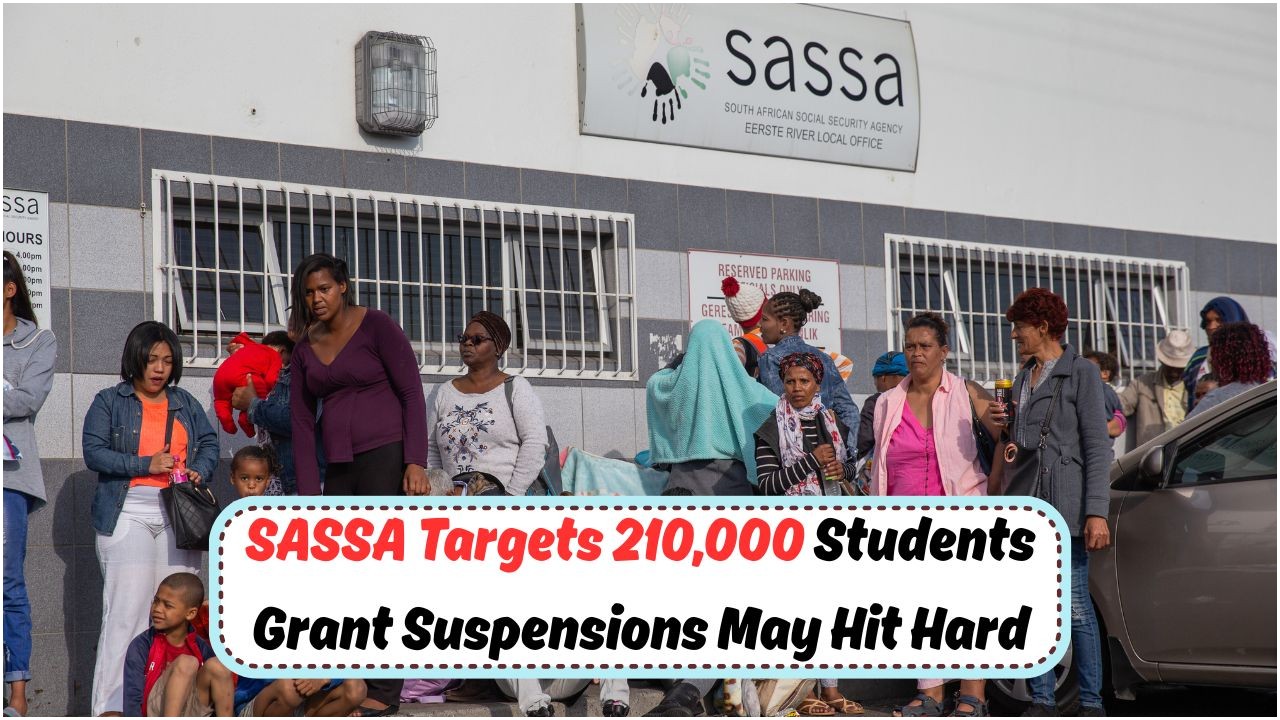Eskom’s Bold Promise: South Africans have long been familiar with the challenges posed by loadshedding, but Eskom’s recent announcement brings a glimmer of hope. The power utility has pledged that, if their 13-gigawatt (GW) rule remains unbroken until September 15, the nation will experience no loadshedding this winter. This bold promise aims to ensure a stable power supply during the colder months, a time when energy demand spikes significantly. With this assurance, South Africans can look forward to a winter without the disruption of power outages that have become all too common in recent years. Eskom’s commitment to maintaining this threshold is a significant step towards delivering reliable electricity, which is crucial for both households and businesses across the country.
The 13GW Rule and Its Significance
Understanding the 13GW rule is crucial in grasping Eskom’s strategy to avoid loadshedding. Essentially, this rule implies that Eskom must maintain at least 13 gigawatts of power availability at any given time. Meeting this requirement ensures that the power grid remains stable and capable of handling the increased demand typical of winter months. The significance of this rule cannot be overstated, as it forms the backbone of Eskom’s strategy to keep the lights on. By focusing on maintaining this threshold, Eskom aims to prevent the frequent power cuts that disrupt daily life and economic activities. This approach not only aims to provide uninterrupted service but also rebuilds trust with the public, who have endured years of inconsistent power supply.
- Ensures grid stability
- Prevents power outages
- Boosts public confidence
- Supports economic activities
- Reduces reliance on costly alternatives
Challenges in Maintaining the Power Supply
Despite the promise of no loadshedding, Eskom faces several challenges in maintaining a stable power supply. The aging infrastructure of the national grid is one of the most significant hurdles, necessitating constant maintenance and upgrades. Additionally, technical failures and breakdowns are common, further complicating efforts to maintain the 13GW threshold. Financial constraints also play a role in Eskom’s operational challenges, as the utility needs significant investment to improve its infrastructure. Moreover, weather conditions can also impact power generation, particularly during the rainy season. In light of these challenges, Eskom’s commitment to avoiding loadshedding is not just a technical endeavor but also a financial and strategic one that involves overcoming numerous obstacles.
| Challenge | Impact | Solution |
|---|---|---|
| Aging Infrastructure | Frequent breakdowns | Upgrade and maintenance |
| Technical Failures | Disruptions in supply | Improved monitoring |
| Financial Constraints | Limited resources | Increased investment |
| Weather Conditions | Impact on generation | Adaptation strategies |
| Demand Fluctuations | Instability in grid | Dynamic load management |
| Resource Allocation | Inefficiencies | Optimized planning |
| Policy Changes | Compliance issues | Regulatory alignment |
Strategies for Achieving No Loadshedding
To deliver on its promise of no loadshedding, Eskom is implementing several strategic initiatives. These include improving maintenance schedules to ensure that power stations operate optimally and investing in new technologies that enhance efficiency. By focusing on preventative maintenance, Eskom aims to reduce unexpected breakdowns that could jeopardize power availability. Additionally, the utility is exploring renewable energy sources as a means to diversify its energy portfolio and reduce reliance on coal. This shift not only contributes to a more sustainable energy future but also helps stabilize the grid by incorporating cleaner and more reliable energy sources. Collaborative efforts with the government and private sector are also underway to ensure that Eskom meets its power supply goals.
 SASSA's Urgent Alert: R2,315 Old-Age Grant Payment on July 20 - Key ATM Withdrawal Warning!
SASSA's Urgent Alert: R2,315 Old-Age Grant Payment on July 20 - Key ATM Withdrawal Warning!
- Enhanced maintenance practices
- Investment in technology
- Exploration of renewables
- Government collaboration
- Private sector partnerships
Renewable Energy: A Game Changer for Eskom
Renewable energy is a critical component of Eskom’s strategy to ensure a reliable power supply. By integrating wind, solar, and hydroelectric power into the national grid, Eskom can reduce its dependency on coal-fired power stations, which are prone to outages and maintenance issues. The transition to renewables not only promises a more stable energy supply but also aligns with global environmental goals, reducing carbon emissions and supporting sustainability. Renewable energy projects are already underway, with several solar farms and wind turbines being developed across South Africa. These projects are expected to contribute significantly to the national grid, providing clean energy and reducing the likelihood of loadshedding.
| Energy Source | Current Contribution | Future Potential | Environmental Impact |
|---|---|---|---|
| Coal | 70% | 50% | High emissions |
| Wind | 10% | 20% | Low emissions |
| Solar | 5% | 15% | Minimal emissions |
| Hydroelectric | 5% | 10% | Renewable |
| Nuclear | 10% | 5% | Low emissions |
| Biomass | 0% | 5% | Carbon neutral |
Community Engagement and Support
Community engagement is essential for Eskom’s success in achieving a winter without loadshedding. By involving local communities in energy conservation efforts and promoting awareness about responsible energy use, Eskom can garner public support and cooperation. Educational campaigns and workshops are key tools in this endeavor, providing valuable information on how individuals and businesses can reduce their energy consumption. This grassroots approach not only supports Eskom’s efforts but also fosters a sense of shared responsibility among South Africans, encouraging everyone to contribute to a stable power supply.
- Community workshops
- Educational campaigns
- Energy conservation tips
- Public engagement forums
Technological Innovations in Power Management
Technological advancements are playing an instrumental role in Eskom’s efforts to manage power supply efficiently. Smart grid technologies, for instance, enable better monitoring and control of electricity distribution, reducing the risk of outages. These technologies allow for real-time data analysis, helping Eskom quickly identify and address potential issues before they escalate. Furthermore, the implementation of advanced energy management systems aids in optimizing energy usage across the grid, ensuring that demand and supply are balanced effectively.
- Smart grid implementation
- Real-time data analysis
- Advanced energy management systems
- Predictive maintenance technologies
Impacts of Eskom’s Loadshedding on South African Economy
Loadshedding has profound implications for the South African economy, affecting everything from small businesses to large industries. Power outages disrupt production lines, lead to financial losses, and can even result in job cuts as companies struggle to cope with the intermittent power supply. Eskom’s commitment to eliminating loadshedding is, therefore, a critical economic consideration. By ensuring a reliable power supply, Eskom can help stabilize the economy, encourage investment, and promote business growth.
- Disruption to production lines
- Financial losses for businesses
- Potential job cuts
- Reduced investor confidence
FAQ Section
- What is the 13GW rule? The 13GW rule requires Eskom to maintain at least 13 gigawatts of power availability at all times to prevent loadshedding.
- How does Eskom plan to avoid loadshedding this winter? Eskom plans to avoid loadshedding by maintaining the 13GW rule, investing in renewable energy, and enhancing maintenance practices.
- Why is renewable energy important for Eskom? Renewable energy diversifies Eskom’s energy portfolio, reduces reliance on coal, and supports a more stable and sustainable power supply.
- How can communities contribute to avoiding loadshedding? Communities can help by participating in energy conservation efforts, attending educational workshops, and adopting energy-efficient practices.
- What impact does loadshedding have on the economy? Loadshedding disrupts business operations, leads to financial losses, and can negatively affect investor confidence and economic growth.






